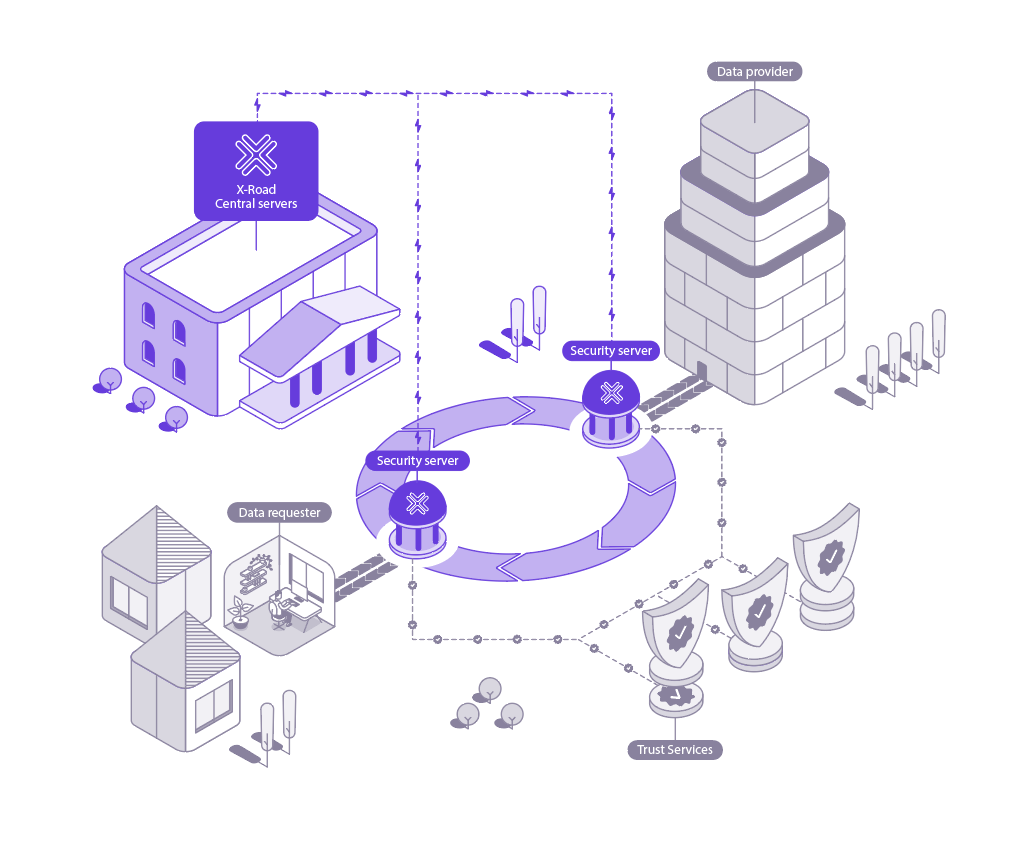Introduction
NIIS has set an ambitious goal to make X-Road the 'most sustainable data exchange layer solution in the world' and thereby align its operational model with the climate and sustainable development goals articulated under the Paris Agreement and the 2030 agenda for sustainable development. That is why X-Road's environmental impact is being identified by NIIS, Gofore and the Stockholm Environment Institute (SEI).
The study is being carried out by a team, which is a combination of the sectoral experience provided by Gofore and the academic competence provided by SEI Tallinn. Gofore's experts have experience with X-Road core development processes, X-Road implementations, and X-Road service developments. SEI Tallinn is a leading sustainability think tank ranked #2 globally in the environmental field by Uni Penn ranking. SEI Tallinn has long-standing experience in climate and energy policy scenarios, carbon footprint calculations and life-cycle impact assessments.
The current project measures the carbon footprint of X-Road operations within Estonia and Finland. It will give recommendations for all related parties, including X-Road governing authorities and user organisations around the world.
Project is in its early stages. The partners have scoped the most important environmental impacts of X-Road instance and outlined the initial approach for X-Road carbon footprint calculation that is expected to be carried out from February to March 2021. Based on this, additional feedback from all interested parties is now requested to improve the project outcomes.
Defining the scope
Figure 1: The architecture of X-Road
A critical first stage in determining environmental impacts is defining the boundary beyond which further emission sources shall not be included. In the case of X-Road, this is based on a rigorous understanding of the relevant operational and infrastructural components involved in the service, as defined in purple in the figure above. The essential operation is exchanging messages and data between two X-Road members over a pair of Security Servers. It is thought that the impact of the Central Server is likely to be quite minor and shall not be considered within the calculation.
In this context, the potential sources of emissions associated with X-Road have therefore been mapped, and can broadly be associated with the following categories:
Life-cycle of the components used by infrastructures that allow X-Road's operations
Infrastructure for running a Security Server that can be on-premises or in the cloud.
Physical device that might be necessary for holding the keys and certificates that assure the identification of the members.
Energy consumption of the Security Server infrastructure used by X-Road members or governing authorities.
Energy consumption, in addition, for exchanging messages / using X-Road services.
However, a decision was reached not to include the life-cycle of different components within the footprint calculation. This is because similar studies have indicated that these areas provide only a small contribution to the total emissions relative to the use phase. This notwithstanding, a detailed analysis of X-Road's infrastructure will lead to a series of effective recommendations to minimise the life-cycle emissions. This means the calculation of emissions consists of two aspects: the operational emissions from hardware and those associated with the transmission of data.
The quantification and subsequent recommendations shall further proceed via a relative comparison between different 'use cases'. These provide a range of current and prospective parameters by which service can be defined, and thereby also a complete range of potential emission impacts within the study. Building on the experiences of Estonia and Finland, the project plans to showcase the changes to carbon footprint when changes in the following parameters are considered:
Infrastructure level
The server used: On-premise infrastructure vs on cloud
Trust level: with and without a physical signing device
Service level:
Message size across different services
Message log requirements (whole message, metadata only, or no message logging).
Call for interested parties
There have only been a limited number of studies to assess the climate impacts of specific software. The continued growth in digital services and infrastructure also means that the importance of such emissions is only likely to increase further in the future.
Beyond showcasing the proposed methodology, the project partners are further open to making use of all relevant expertise to maximise the project's success. This can be both in terms of changes to project scope, or suggestions for improving the calculation methodology. Interested parties should contact NIIS.
Report: study of the environmental impact of X-Road and the possibilities of reducing it
The author Peter Robert Walke joined SEI Tallinn in September 2020. He works in the sustainable development programme on a project related to developing quantitative tools for assessing the role of spatial planning policies at different scales on greenhouse gas emissions.
Peter’s background is in the physical sciences and he holds a PhD in chemistry from Katholieke Universiteit Leuven in Belgium, where he worked in nanoscience. Before that he obtained an MSci in Natural Sciences from University College London, and is currently also a postdoctoral researcher in the department of materials and environmental technology at Tallinn University of Technology. He hopes to now successfully apply his skills in research and data analysis to a new field.


